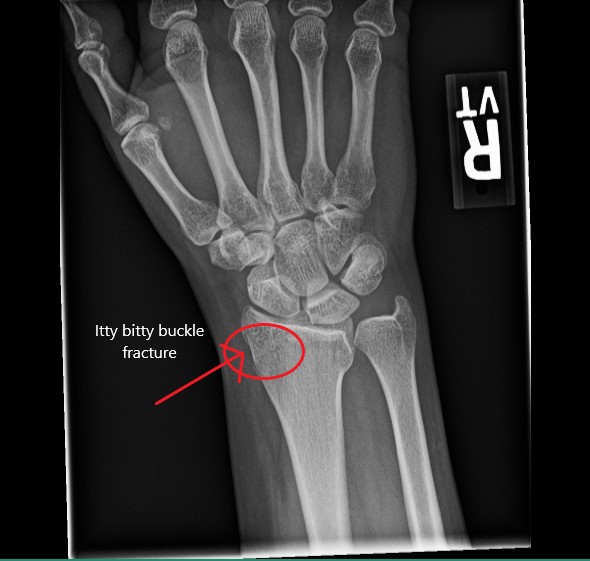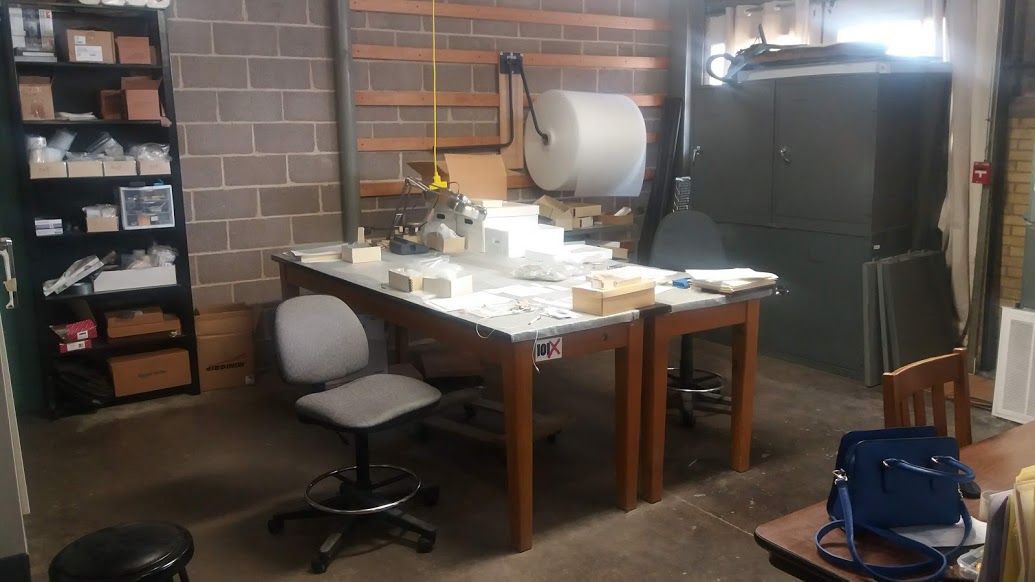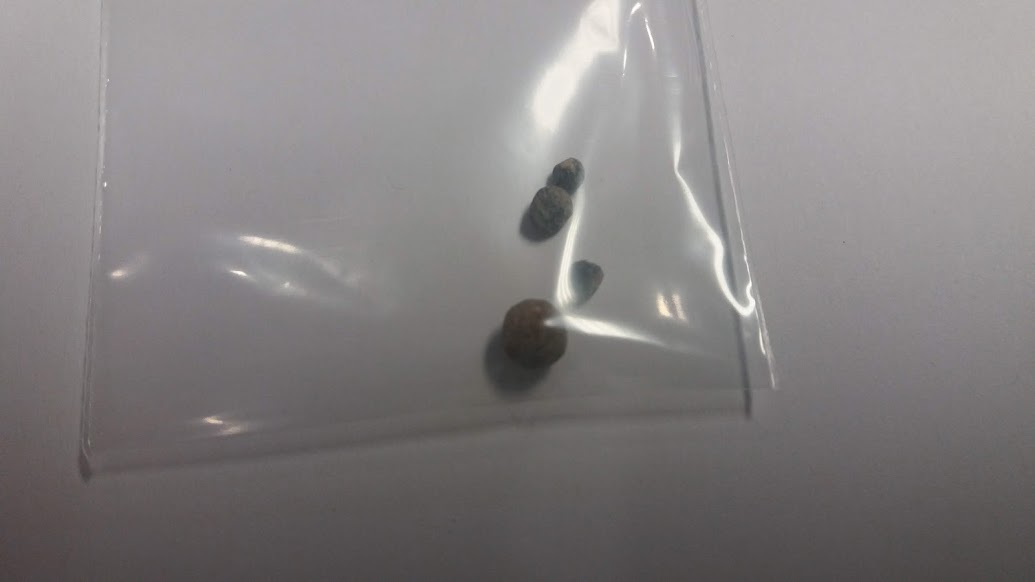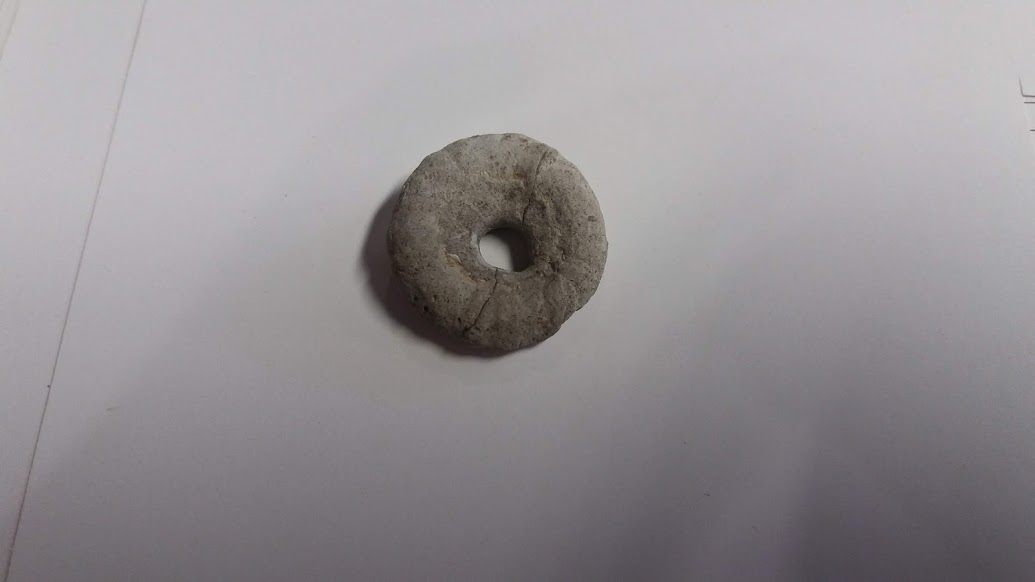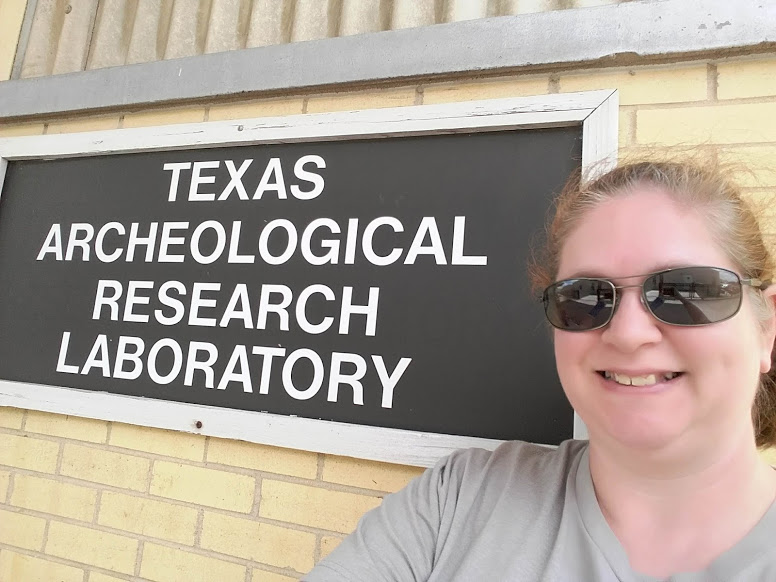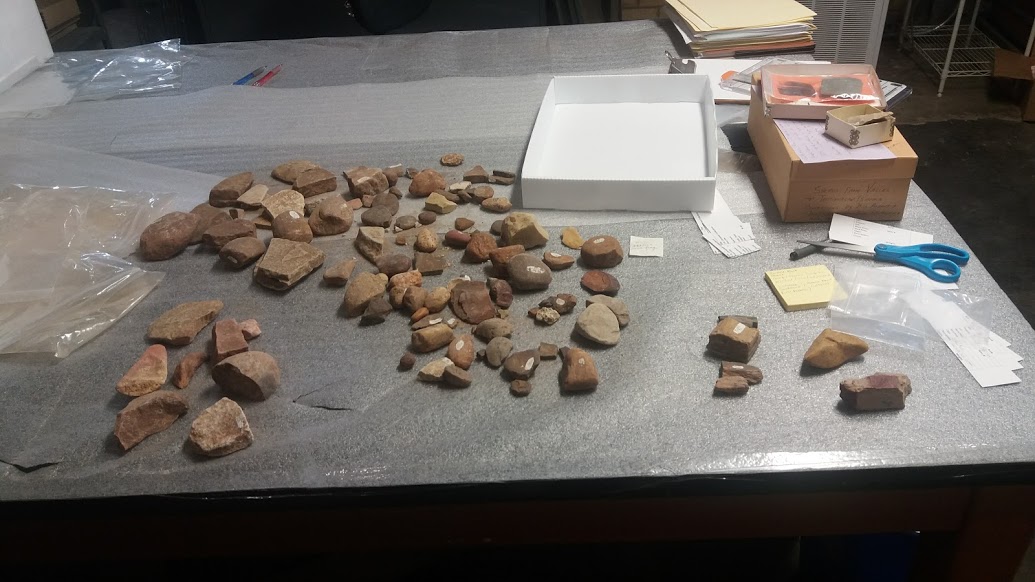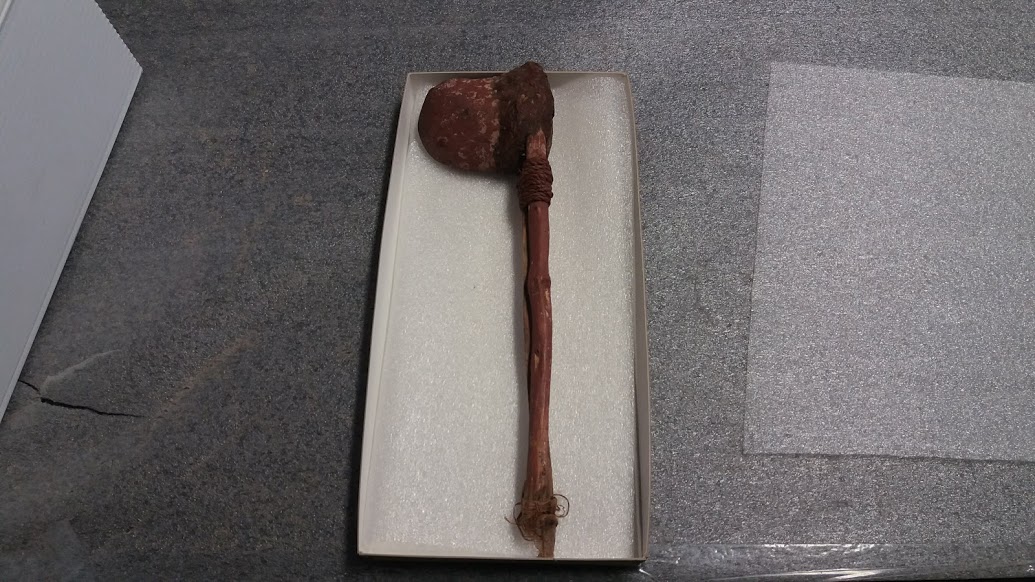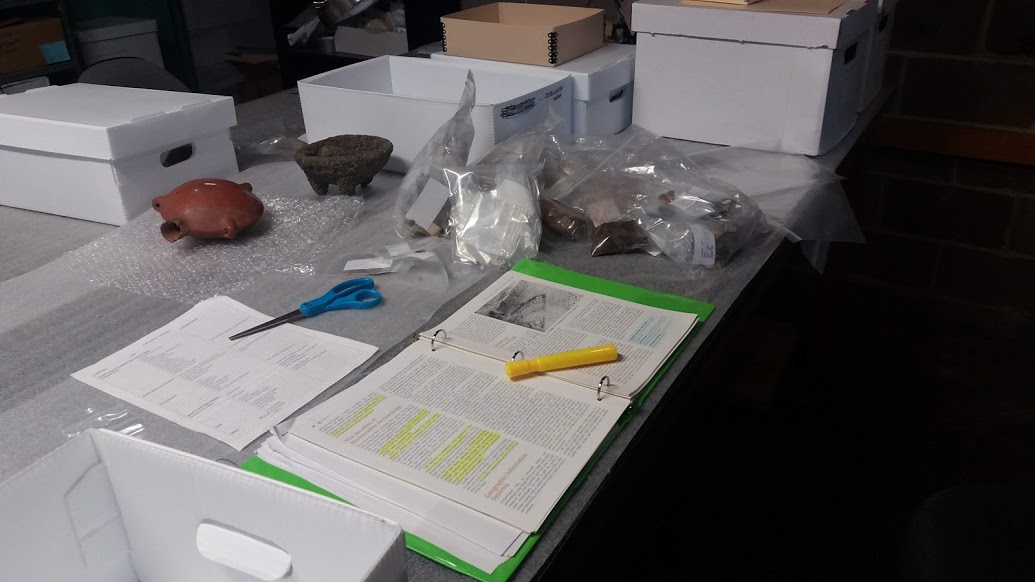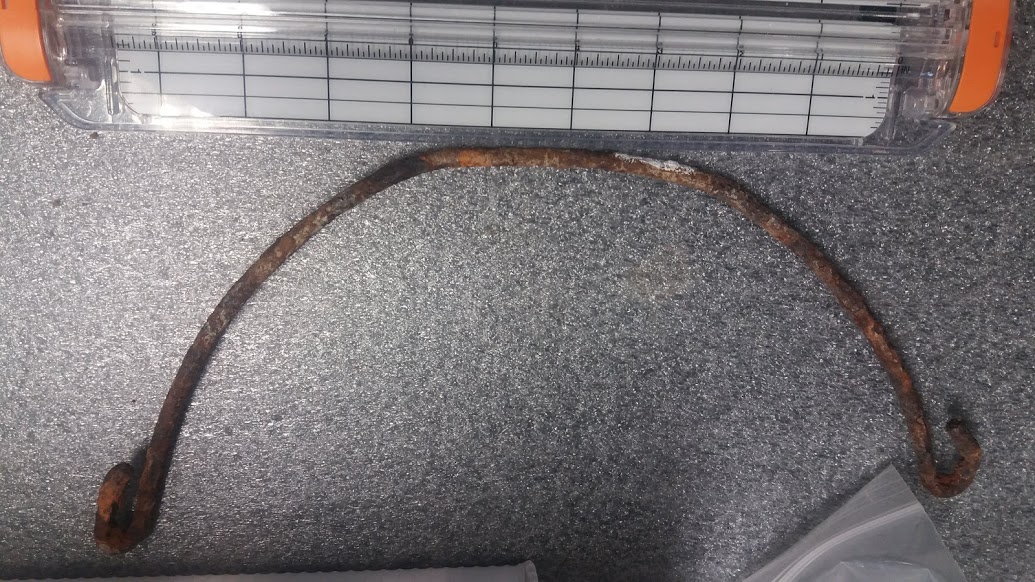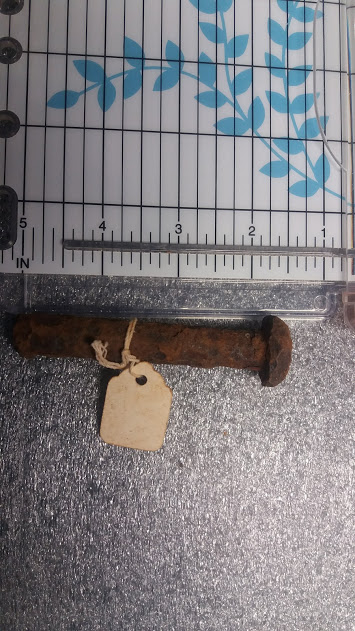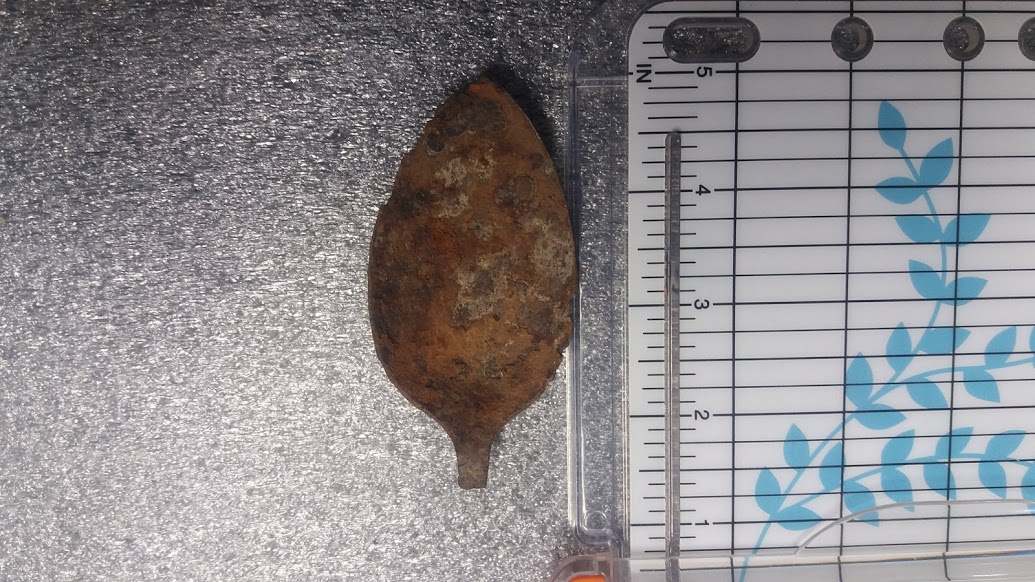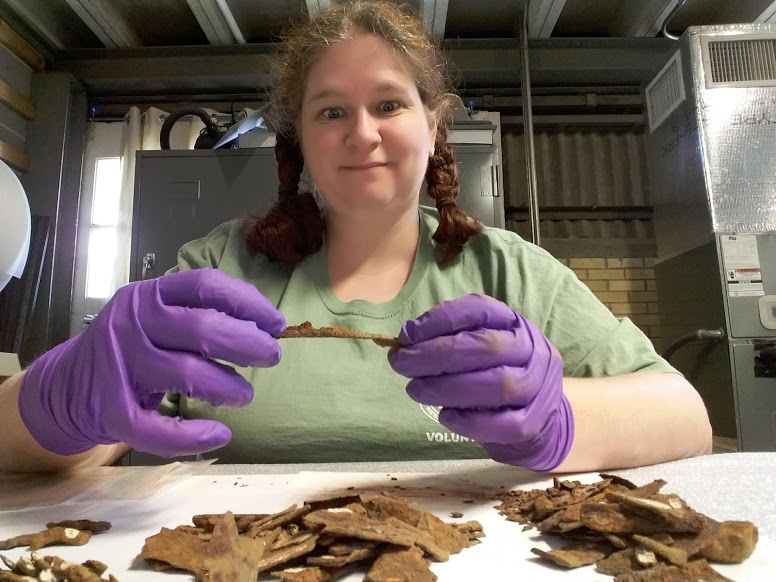I’m sorry for the delay in this post. It’s taken me about a week to process what I saw last week at Texas State University’s osteological processing lab. I originally wrote a good chunk of this post the day I got back. I needed to get it out of my system and it helped me try to understand the overwhelming emotions I experienced from that day. It was definitely the hardest day I’ve ever had so far in this journey to become an archaeologist, but I am thankful for the experience and do not regret going at all.
Please note that I did not take any pictures because it was not allowed and it’s considered controversial, even disrespectful, to photograph human remains or funerary objects. This is why I did not photograph any at TARL. It is simply not allowed and not done.
It’s not the lab or the skeletons that bothered me. I guess I should start at the beginning. The lab is located at the Freeman Ranch outside of San Marcos, TX. It is one of five forensic research centers in the United States. People can donate their bodies to science and they use some of the acreage to study decomposition. Not only that, it is the home of Operation Identification (OpID), a cooperation of several different organizations whose mission is to identify the remains of undocumented migrants who perish along the border in South Texas. So, there are primarily two kinds of skeletons you’ll find there. They’re either donations used in research or they’re the remains of undocumented migrants.
The lab itself is a really nice facility, though much smaller than I actually anticipated. We entered through the back where the bodies usually arrive to be processed if they’re donations. There are several large freezers, a scale, and other equipment to take tissue samples. The first room we visited was for OpID. It was a long narrow lab with a computer and counter along the left side and two computers and a small workstation on the right. We had been warned that it can get smelly at times and there was definitely an odor in the air, sort of sweet but musty. It wasn’t that strong, but it was for sure the smell of decomposition. It wasn’t enough to make me feel sick or anything, though. I imagine the people who work there are used to it.
There was skeleton laid out on the counter in full anatomical position. There were three cardboard boxes that held remains of other individuals. The guide explained to us in detail what OpID does and how they try to use DNA and the missing persons databases to match the remains up to a family. Their success rate is about 12%. That’s it, though she says it used to be lower and they’re getting better at their work. They have field schools where they exhume skeletons from cemeteries and also do recovery on ranch sites along the border. They work closely with Border Patrol, sheriffs, and justices-of-the-peace. She said most individuals they have are males in their twenties or thirties, though occasionally they have older individuals and their youngest skeleton is twelve.
Next, we saw the room where they process skeletons once they come in from the field if they still have soft tissues attached and such. This looks like an autopsy room, like the ones you see on television. There are large kettles for boiling bones, a long sink for cleaning bones, and a table with a light for examination. There were two ladies in protective gear at the sink meticulously cleaning bones from a skeleton that was lying on the table. The bones were brown and discolored, probably from being outside and exposed to the elements. They used copious amounts of Dawn, which makes sense to me seeing as how it’s great at breaking up organic substances. Dawn Dish Soap…it washes your dishes, saves wildlife, and scours your bones clean!
Around the corner was where the bones go after they’ve dried. There were about 5 plastic trays on a counter that held all the bones from a skeleton. I noticed right away that the left femur and tibia had knee replacement hardware. That was pretty cool to see. I asked the guide and she confirmed that they often see knee and hip replacements among their donated bodies as they tend to be from elderly white males. It’s also common to come across screws and plates. She said sometimes dentition (teeth) are missing because the individual had dentures. My mom had her knee replaced about ten years ago and I thought it was cool to see what her implants might look like.
Next to that room is their storage facilities. They only store the individuals for OpID there. The processed donor skeletons are curated in a separate facility for further research. There are tubs that store personal effects from the OpID bodies. If an individual is identified, then they lose their unique number, the tag is replaced with their name, and their box is moved to a separate shelf to await repatriation to their families.
There were so many boxes. This is what has me feeling weird, sad, and a little angry. I know illegal immigration is a huge problem. All politics aside, we are talking about human beings who are so desperate from poor conditions in their own country that they are willing to travel hundreds or thousands of miles risking everything so they can survive. Staring at those shelves upon shelves of boxes, I found myself wondering how many of those individuals ever imagined that they wouldn’t survive the journey and wind up as nothing but an unidentified skeleton in a cardboard box in a lab. I’ll bet none of them did.
All of the people in those boxes had a name once. It makes me so sad and angry that this program even has to exist. It is very noble work that they do, but I wish it never had to be done in the first place. The guide told us that most of America has no idea just how bad of an international humanitarian crisis this has become. Their work is an international effort…Argentina, Mexico, even a lab in Poland dedicates their time and energy processing DNA samples to offer profiles for identification. I sincerely wish more Americans knew just how many thousands of migrants die in the desert just for the opportunity to survive.
Maybe more people would have empathy for undocumented migrants if they knew. Maybe they would try harder to improve conditions in other countries and battle the gangs, the disease, the warfare so people wouldn’t have to leave their home countries to begin with. Maybe our elected officials would understand what people risk (EVERYTHING!) to come here and not tear children away from their parents and lock them in cages. Call me a bleeding heart liberal if you want. I don’t see that as insult at all, especially if that means that I believe in human dignity. There is nothing dignified about fleeing your home, dying in a desert, and winding up in a box on a shelf in a lab without a proper burial. OpID works to give those people back their dignity.
Maybe it wouldn’t have hit so close to home if some of my own students weren’t undocumented or the children of undocumented parents. Those skeletons could be their missing family members.
Forensic work is necessary and there is justice involved, whether if it’s solving a crime or giving someone back their name so they can have a proper burial. I understand why people are drawn to this aspect of anthropology. I come away from this experience with a deeper and profound respect for forensic anthropologists.
I also know it’s not for me. I already knew that going into this experience, but this confirms it for me. The skeletons, the lab, the smells…none of that bothered me. I liked seeing the lab itself and the bones were so cool! It was the people who don’t have a name. It was the sheer number of those people.
I had a lot of trouble sleeping that night and was irritable and unhappy the next morning. I snapped at Nora for no good reason and made a point to apologize to her later on. Thursday at work I had several coworkers and some of my students ask about my trip. I told them I was still trying to process it and all of them were very understanding. If any of my coworkers are reading this, thank you for being patient with me. I am doing much better now that I’ve had time to think about everything I saw and the emotions that I felt.
I still want to study osteology and work in funerary archaeology, but I definitely know I’m going to contain myself to archaeological burials only. Like I said, this was a good experience. It was difficult, but I am thankful that I had the opportunity.
